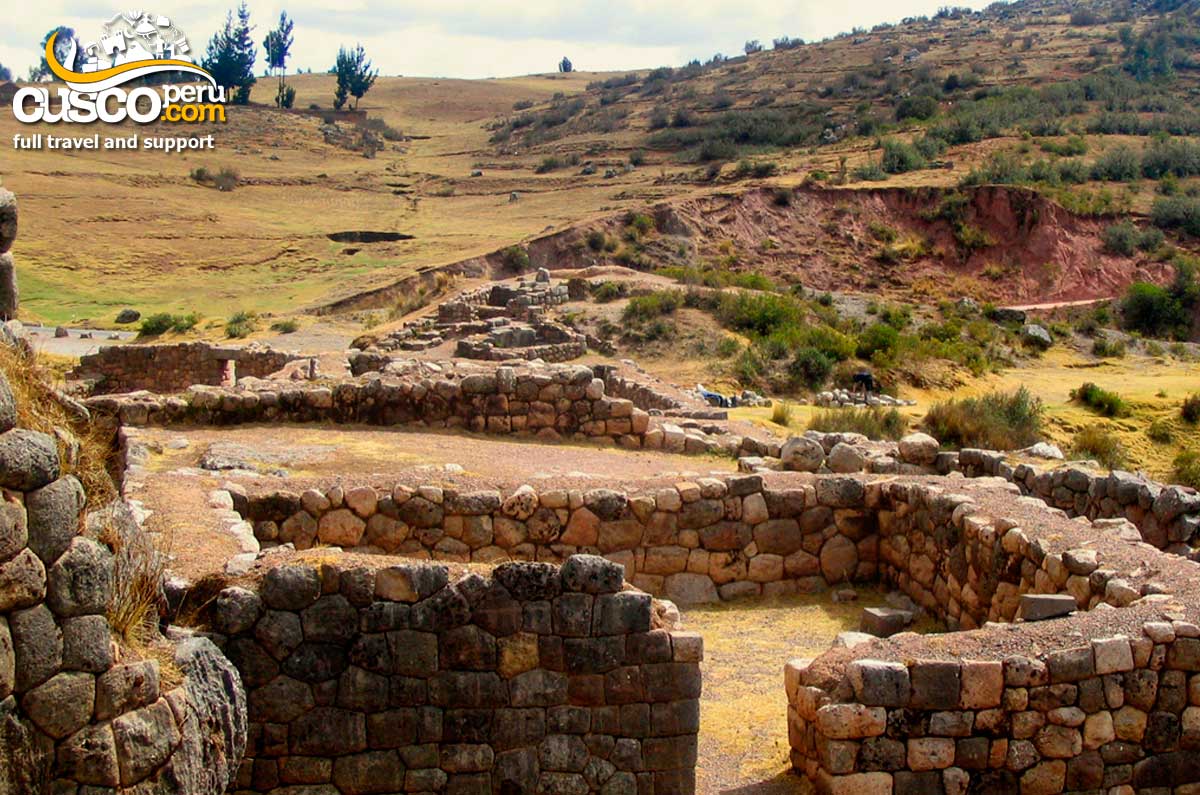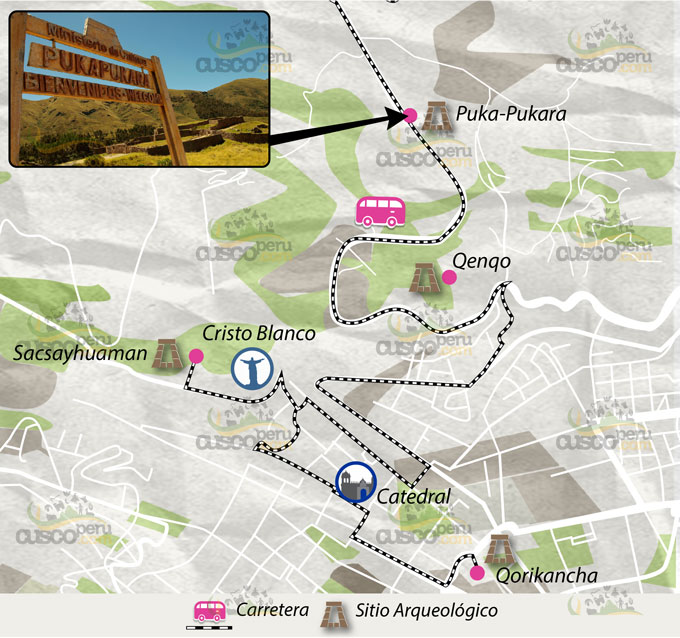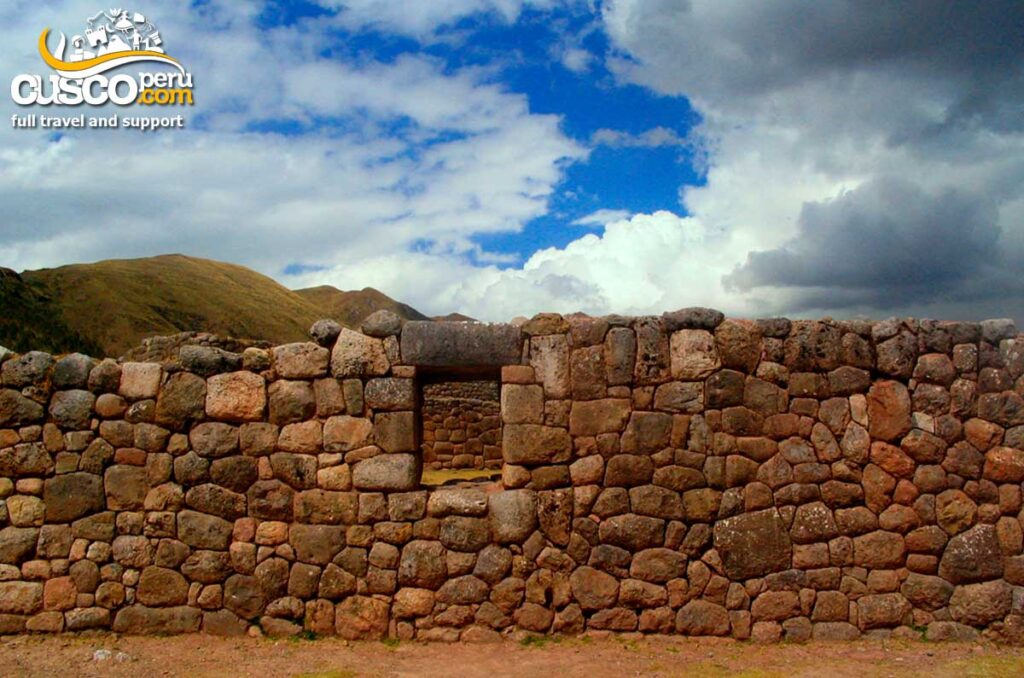
Puca Pucara is one of the most important archaeological complexes in Cusco, alongside Sacsayhuaman, Q'enqo, and Tambomachay.
Its architecture demonstrates the advanced Inca technology, although the lack of perfect finishes suggests that this site was not of significant religious importance. However, it was of great importance for the Inca messengers and the royal guard.

Its construction was initiated by a culture prior to the Incas; however, it was under Pachacútec's reign that the infrastructure was improved.
Traditional information indicates that when the Inca was set to visit the Baths of Tambomachay, the formidable entourage of soldiers stayed in Puca Pucara, which served as a barracks and tambo. It is said that the chincana (underground tunnel) existing at the site directly connected to Tambomachay, although this is unproven.
The name Puca Pucara comes from two Quechua words meaning "Puca or Puka" red and "Pucara" which is fortress. Its translation would be Red Fortress, receiving this name due to the reddish hue its walls acquire in the evening.
The Archaeological Center of Puca Pucara is located on the upper part of the road leading to Pisac, about 7 km from the city of Cusco.
To get there, you can take a City Tour from any travel agency. Additionally, you can reach it by foot after visiting Tambomachay, as it is just a few meters away from the Inca baths.

This archaeological complex features terraces, walls, aqueducts, squares, and stairways that ensure the urban layout is suitable and functional. The buildings are made of stones of various sizes, with the surface of the rocks being very rugged and scarcely worked, compared to other archaeological sites.
The structure was built using limestone native to the area, mostly medium and small stones, all joined with great precision, making it resistant to various seismic movements.
The complex includes three walls with irregular floors, built across three levels on the same site.
Located at the lower part of the archaeological complex, this first wall has a sinuous layout carefully avoiding cutting through protruding rocks. To the north and behind the outer wall, there are six rooms of different sizes, built irregularly to avoid touching the rocks forming the wall.
The second wall encircles the central elevation. Between this and the first one, there are very broad platforms. On the second level, we find terracing and gardens facing south, and to the east, there are three rooms with trapezoidal plants and one rectangular.
This level is situated at the highest point. Currently, no Inca remains can be observed due to the passage of time; however, it offers an incredible view of the entire place.

Monday to Sunday from 08:00 am to 05:30 pm.
Entrance to Puca Pucara is included in the Tourist Ticket.
The climate at Puca Pucara matches that of the city of Cusco, generally being dry and temperate. However, it is recommended to visit this site in the afternoon when the temperature is not so high, and you can appreciate why the place is named as it is.
Reaching Puca Pucara is very simple, and it offers different options:
Image Gallery




Happy passengers